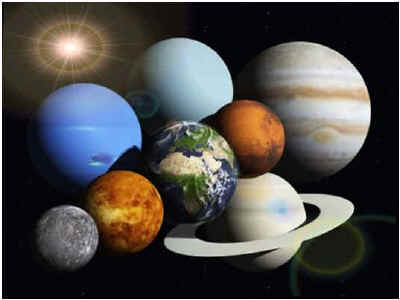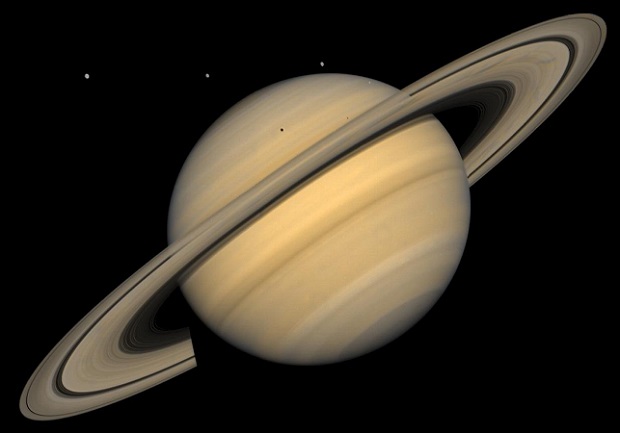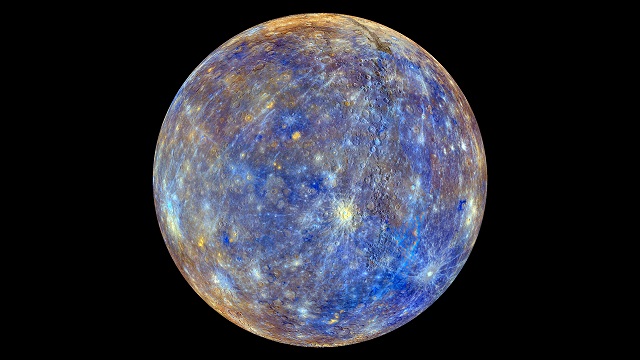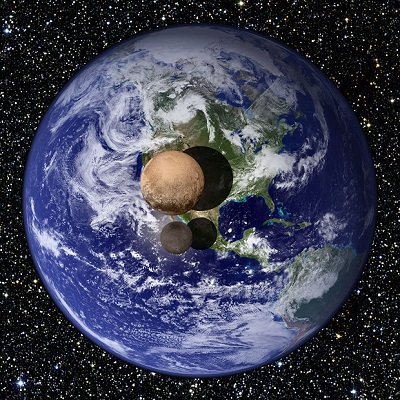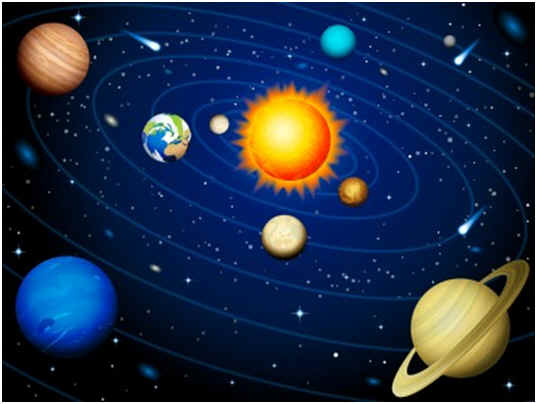
Is Uranus Bigger Than Earth?
Uranus IS bigger than Earth. Though it is the smallest of the outer planets in terms of mass, Uranus is much larger than Earth, with a staggering mass of 86,810,300,000,000,000,000,000,000 kg. So just how much bigger is Uranus than Earth?
How Big Is Uranus?
A trip around the entire planet of Uranus from any point on the equator would add up to 159,354.1 km, or 99,081 miles, which is four times the Earth’s circumference. Uranus’s mass is nearly fifteen times that of Earth’s, and its volume, estimated by NASA to be 68,334,355,695,584 km3, is a whopping 63 times larger than Earth. If spread out like a map, almost sixteen maps of Earth could fit inside it without touching. In fact, scientists suspect that an Earth-sized object once struck Uranus due to its abnormal rotation. [“Solar System Exploration: Planets: Uranus: Overview.” NASA]
More about Uranus
Like Neptune, Uranus spins on a profoundly tipped axis. Sharing the name “ice giant” with nearby Neptune, most of Uranus’s mass is concentrated in a frozen core of ice, ammonia, and methane. Its aquamarine color is a product of the sun’s light reflecting off of the methane gasses, which absorb red light, in its atmosphere. The rest of the atmosphere is comprised mostly of hydrogen and helium.
